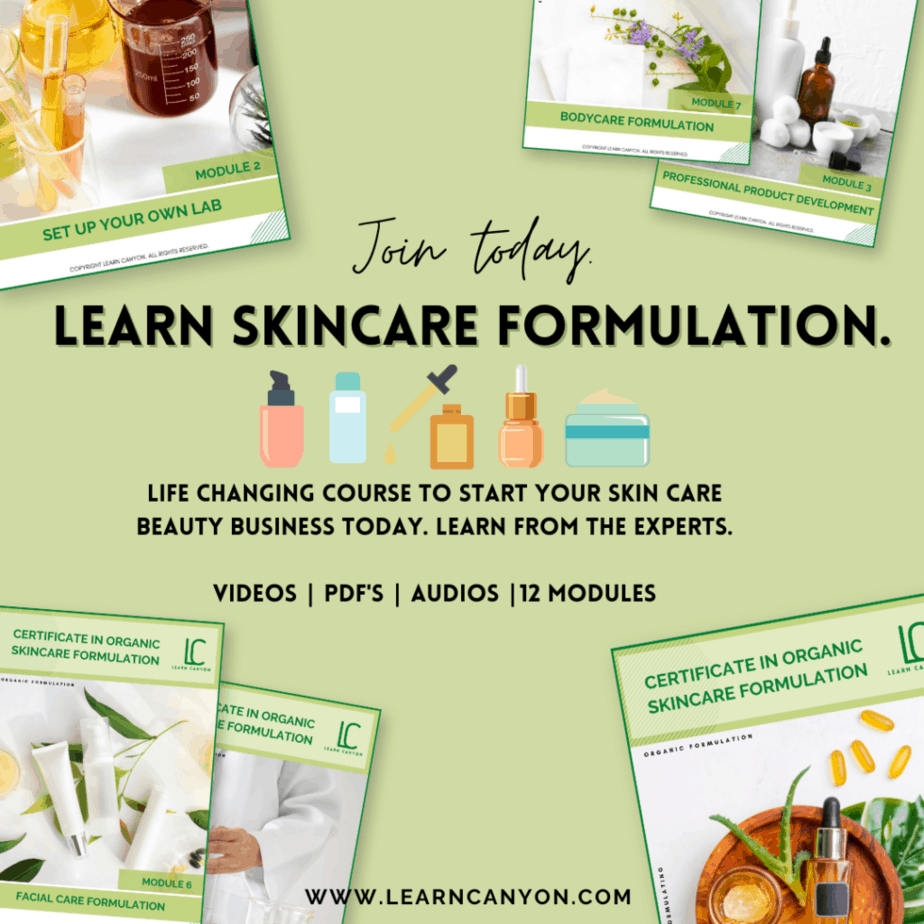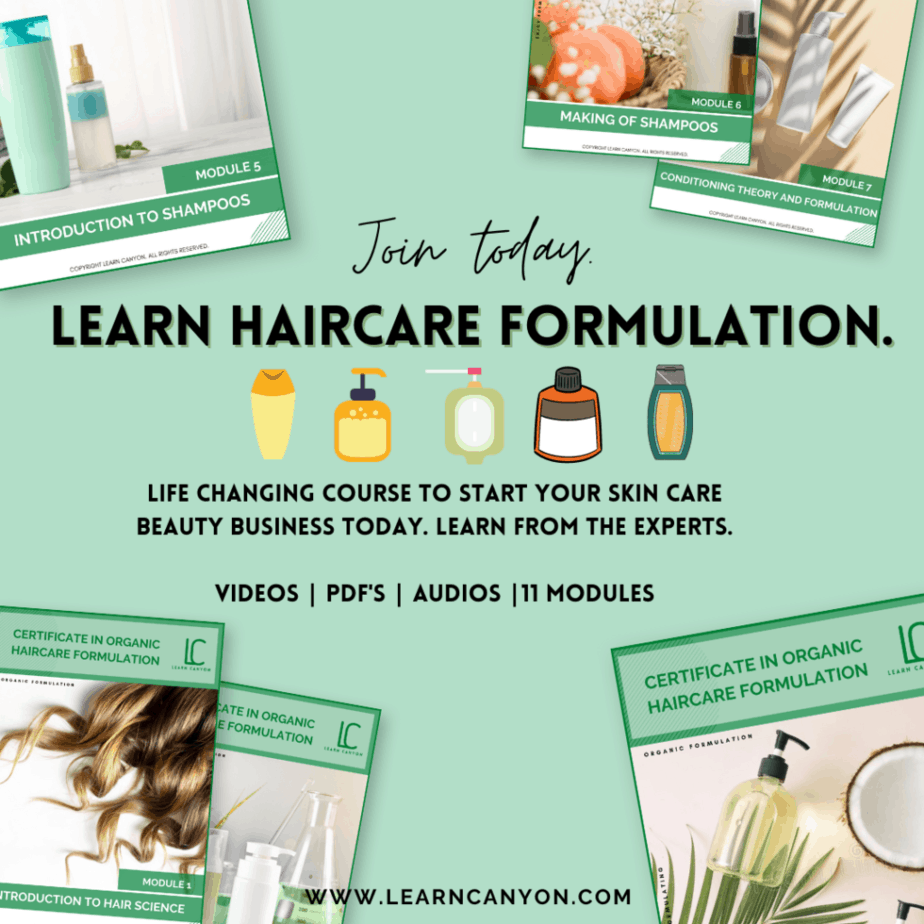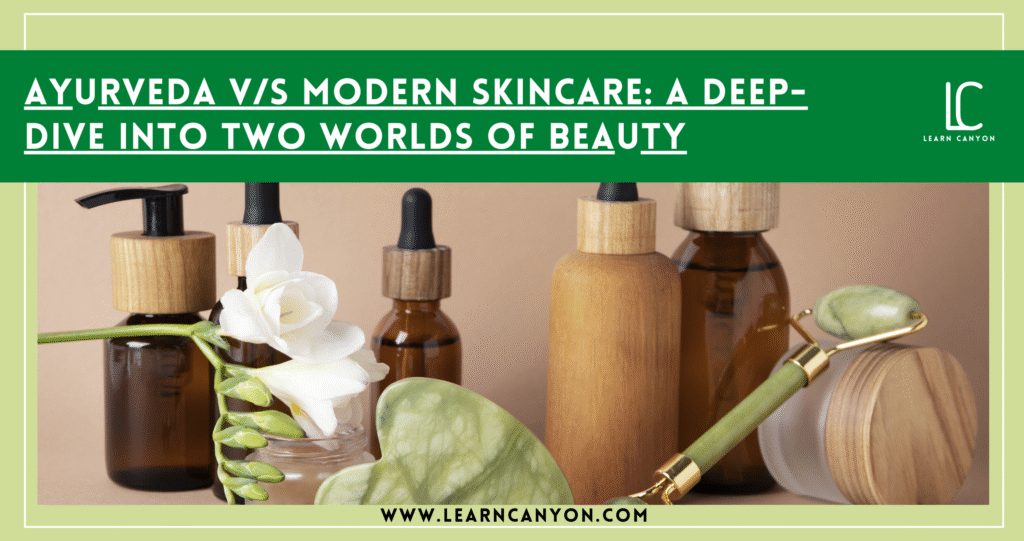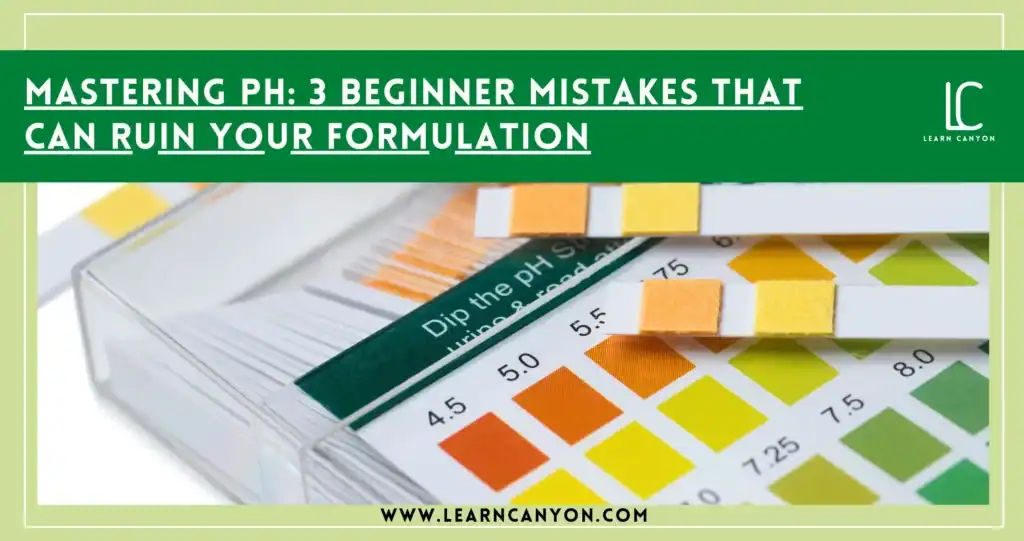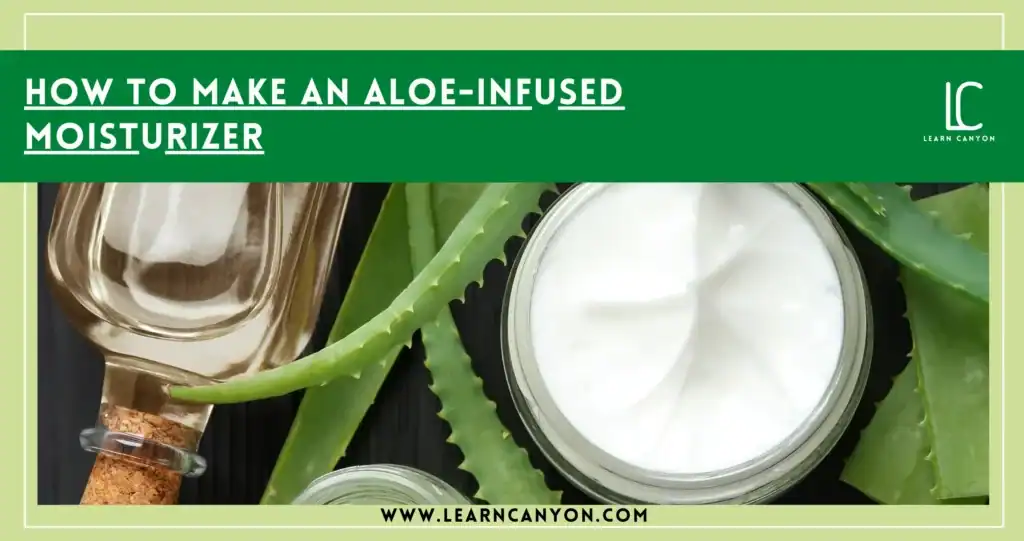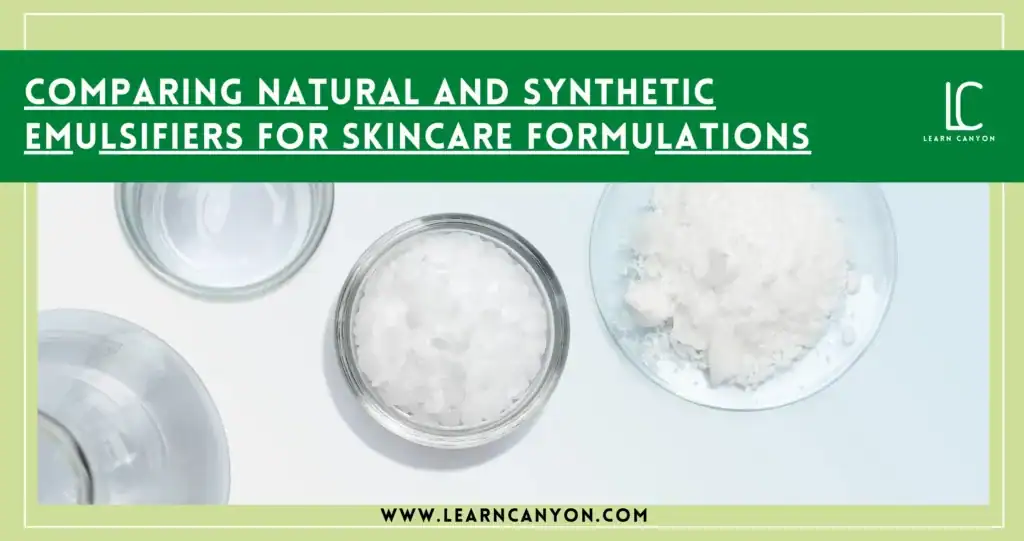Let’s be honest, when it comes to skincare, most of us are standing at the crossroads of two fascinating worlds. One is deeply rooted in age-old Ayurvedic rituals, where plants whisper secrets passed down through generations. The other is sleek, clinical, and modern, where actives come with data, studies, and precision. And here’s the beautiful part: both want the same thing, healthier, happier skin.
As a professional formulator who has walked both paths, I’ve learned that understanding these two approaches isn’t about choosing sides. It’s about appreciating the intention behind each formula. Ayurveda asks: “What is your skin trying to tell you?” Modern science asks: “What can we measure and treat?” And I believe, when you blend wisdom with evidence, ritual with research, you create something truly transformational.
This blog isn’t just a comparison. It’s a bridge. Between intuition and innovation. Between doshas and dermal layers. Between tradition and trend. And most importantly, between you and your skin.
What Defines Ayurvedic Skincare?
Ayurvedic skincare isn’t just “natural skincare with Indian herbs”, it’s a whole philosophy of beauty. And once you dive into it, there’s no going back.
At its core, Ayurveda believes that your skin reflects what’s happening inside, your digestion, emotions, environment, and even the seasons. So instead of isolating symptoms like acne or dryness, it looks at the root cause. That means when you formulate Ayurvedic skincare, you’re not just blending ingredients, you’re balancing energies, or doshas (Vata, Pitta, and Kapha).
The ingredients? They’re whole. Think: cold-pressed oils, decoctions, herbal pastes, ghee, hydrosols, and infused oils, not lab-made actives. We use manjistha not just for its brightening effect, but for its cooling, purifying energy. We reach for bhringraj because it’s not just a hair tonic, it’s a grounding, nourishing botanical ally.
And it’s all deeply sensory. The color, aroma, texture, they matter. Not just because they feel good, but because they signal healing to the body and mind. That’s why rituals like abhyanga (oil massage) or ubtan (herbal masks) are such a big part of Ayurvedic skincare. It’s not about rushing through your routine, it’s about reconnecting to yourself.
So when I say Ayurvedic skincare is different, I don’t just mean in formulation, I mean in intention. It’s beauty with depth. Healing with tradition. And formulation that’s as much about intuition as it is about herbs.
What Drives Modern Skincare Formulation?
Modern skincare formulation is all about performance. It’s fast-paced, evidence-backed, and results-oriented. Every ingredient is chosen for a specific function, and every formula is designed to deliver measurable outcomes, hydration, brightening, barrier repair, collagen stimulation… and the list goes on.
In this world, ingredients aren’t just herbs or oils, they’re actives with INCI names, molecular weights, and data sheets. You’ll find niacinamide for tone correction, retinoids for aging skin, hyaluronic acid for hydration, and peptides for signaling repair. It’s almost like skincare speaks the language of dermatology now, and formulators? We’re expected to be part scientist, part artist.
But what’s beautiful here is the precision. We can control pH, boost penetration with delivery systems, layer serums for multiple actions, and track user responses through clinical trials. That level of consistency and targeted action? It’s empowering for both the formulator and the consumer.
And let’s not forget: modern skincare also includes sensory science, how a cream spreads, how a serum absorbs, how lightweight a gel feels. These aren’t just perks, they’re carefully engineered into the formulation.
The goal? Skincare that works quickly, fits into busy routines, and addresses specific problems with scientific clarity.It may not carry the energetic philosophy of Ayurveda, but it absolutely shines in efficacy, structure, and innovation. And when done well, with consciousness around clean, safe ingredients, it can be just as skin-loving as any ancient tradition.
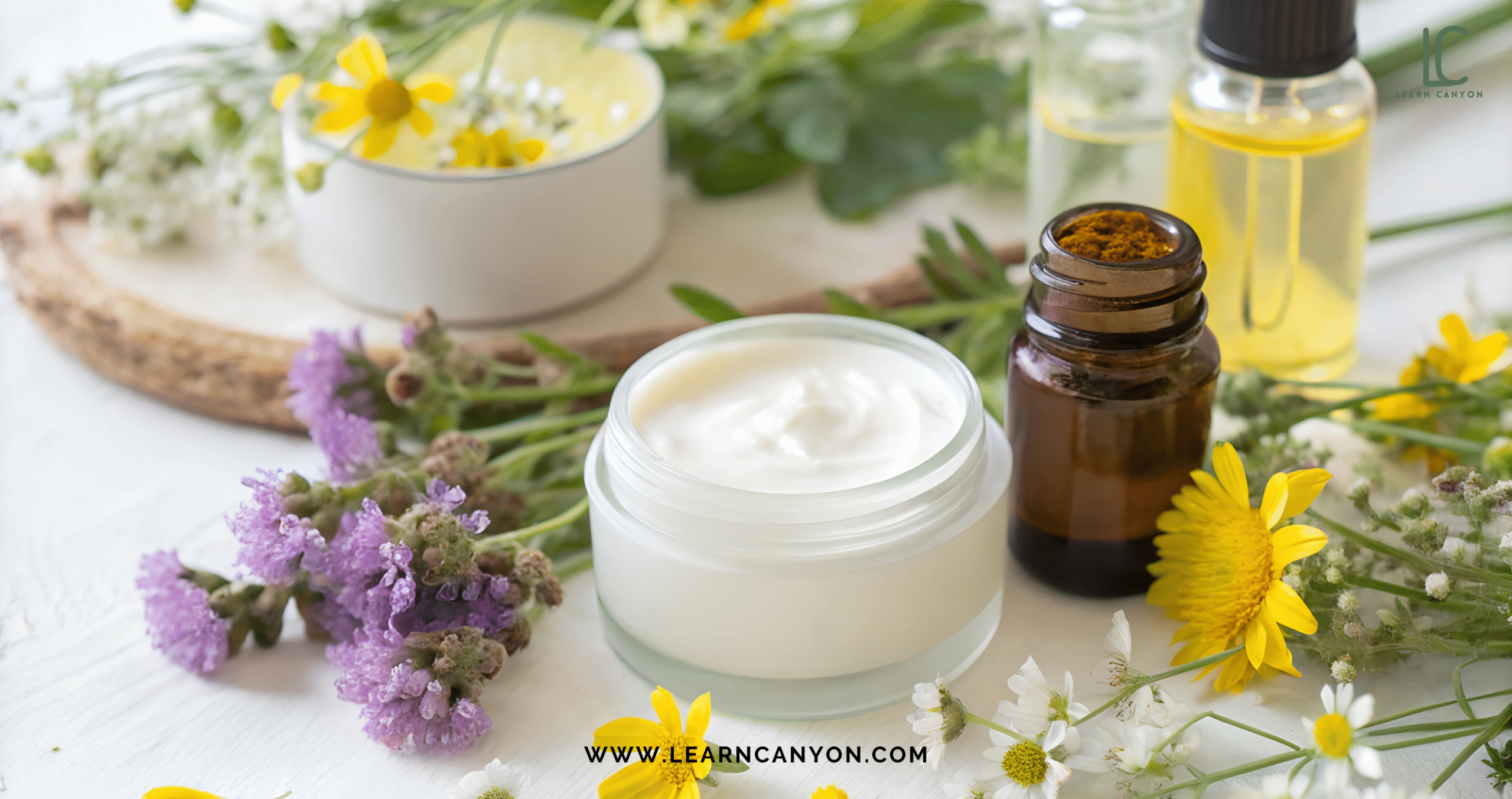
Ingredients: Whole Botanicals vs. Isolated Actives
Let’s talk ingredients, the heart and soul of every formulation.
In Ayurvedic skincare, we lean into whole botanicals. These are not extracts reduced to a single molecule. They’re complete, unstripped plants, roots, flowers, leaves, and sometimes even resins, used in harmony. Think of amla, licorice, or neem, which offer not just one benefit, but a bouquet of actions: antioxidant, antibacterial, calming, nourishing. They’re rich in compounds that work synergistically, and Ayurveda respects this complexity. It’s not about isolating a “star” molecule, it’s about trusting the plant’s wisdom as a whole.
On the other hand, modern skincare often favors isolated actives. These are purified compounds, like ascorbic acid from vitamin C or salicylic acid from willow bark, extracted, standardized, and dosed with precision. It gives you predictability, potency, and data. You can test it. You can prove it. And when you’re solving a very specific concern, say, pigmentation or collagen loss, this precision can be incredibly effective.
But here’s where it gets interesting: while modern actives are powerful, they often need buffers, stabilizers, and strict pH conditions. Whole botanicals? They’re often more forgiving, multi-functional, and inherently rich in co-factors that support skin balance.
As a formulator, I don’t see these as opposites, I see them as tools. Sometimes the skin needs the gentleness and complexity of a whole herb. Other times, it craves the laser-sharp focus of a single active. The magic? It lies in knowing when to reach for which, and how to blend them without compromising your intention.
Formulation Philosophy
Balance vs. Targeting
This is where the soul of the formula comes in.
Ayurvedic skincare is built on balance, not just of the skin, but of the entire being. When we formulate an Ayurvedic product, we’re asking, “How can I support this person’s dosha, their lifestyle, their environment?” It’s not just about what the skin looks like, it’s about what it’s trying to say. Dry skin? Maybe it’s a Vata imbalance. Breakouts? Perhaps heat from Pitta is flaring. So the formulation becomes a holistic tool to cool, ground, or nourish, not just treat a symptom.
In contrast, modern skincare takes a targeted approach. It asks, “What’s the concern, and how can I fix it efficiently?” There’s a directness to this method that many people love, got dark spots? Use alpha arbutin. Got fine lines? Try retinol. It’s clean, focused, and usually supported by clinical results.
Neither philosophy is wrong, they’re just different lenses.
One looks at the skin as part of an interconnected ecosystem. The other views the skin as a highly responsive organ with specific needs. One uses intuition and tradition; the other uses precision and science. Both are powerful in their own right.As a formulator who moves between these two worlds, I find the sweet spot is often in the middle. A formula that respects the wisdom of balance, but still embraces the clarity of targeted results? That’s where skincare becomes both meaningful and effective.
Sensory & Ritual
Let’s pause for a moment and think about how we use skincare, not just what’s in the jar.
Ayurvedic skincare is designed to be a ritual. It’s not a “slap it on and go” kind of experience. It invites you to slow down, to breathe, to connect, with your skin, your body, and your inner self. Massaging warm Brahmi-infused oil into your scalp… mixing a fresh ubtan with rose water and applying it mindfully… These aren’t just beauty steps, they’re acts of nourishment and self-respect. Ayurveda teaches us that beauty isn’t rushed, it unfolds.
Now let’s flip the lens.
Modern skincare caters to our fast-paced lives. It’s about efficiency. Cleanser, toner, serum, moisturizer, done in five minutes. Serums absorb quickly, textures are feather-light, packaging is pump-and-go. The focus is convenience, consistency, and zero mess. And let’s be real, there’s a time and place for that too, especially on busy mornings or late nights when the last thing you want is a 10-step ritual.
But here’s the thing: both approaches are valid. One feeds the senses, the other supports discipline. One is about being, the other about doing. And if we’re honest with ourselves, most of us want a bit of both, we want skincare that feels good and works fast.
As a formulator, I believe we can bridge this beautifully. You can create a cream with a silken glide that melts into skin, and still infuse it with energetically potent herbs. You can craft a face oil that smells like a ritual in a bottle, yet fits into a five-minute routine.Because ultimately? The best skincare isn’t just what transforms your skin, it’s what transforms your relationship with it.

Preservation & Shelf Life
Now, let’s talk about something that’s not always glamorous, but absolutely essential in formulation: preservation.
In traditional Ayurvedic skincare, preservation wasn’t a big concern the way it is today. Products were often made fresh, in small batches, using self-preserving mediums like ghee, sesame oil, or honey. Plus, they were stored in copper or clay containers, used up quickly, and weren’t sitting in humid bathrooms or being shipped across countries. The context was different. The pace of life was different. There was intimacy between maker and user.
But today? We need to think beyond tradition.
Modern skincare demands stability, for safety, performance, and shelf life. We’re formulating for people who might keep a product on their shelf for 6–12 months, in all kinds of climates. Products are mass-produced, stored in warehouses, and exposed to air, fingers, and contamination. That’s why emulsions, gels, and water-based blends need robust preservation systems, whether they’re synthetic or naturally derived.
Here’s where Ayurvedic-inspired formulators have to get creative. You can still honour ancient methods, but you must modernize them mindfully. That means choosing appropriate natural preservatives like potassium sorbate, sodium benzoate, or using fermented extracts, pH control, and proper packaging. It’s not about compromising your roots, it’s about protecting the integrity of your formula for today’s world.
So no, adding tulsi and turmeric isn’t enough to preserve a face mist. And yes, it’s possible to create microbiologically safe Ayurvedic formulations that still feel alive, herbal, and vibrant, if you blend wisdom with science.Because when you respect both the plant and the person using it, preservation becomes protection, not a problem.
Who’s It For? Understanding the Modern Ayurvedic Skincare Consumer
Let’s be real, Ayurvedic skincare isn’t for everyone. But for the right person? It’s pure gold.
Today’s Ayurvedic skincare consumer is not just someone who wants “natural products.” They’re often deeply intentional. They care about what goes into their body and what goes onto their skin. They read ingredient labels. They ask about sourcing. They believe beauty is more than skin deep.
This is someone who probably drinks herbal teas, meditates (or is trying to), and chooses products that align with their values, sustainability, authenticity, tradition. They might even be dealing with skin issues that modern actives couldn’t solve, sensitivity, hormonal breakouts, inflammation, and now they’re seeking something gentler, wiser, rooted.
But here’s the twist, they also want modern sensibilities. They love Ayurvedic ingredients, yes, but they still want that lightweight serum texture, the convenience of airless packaging, and the reassurance of tested preservation. They’re not asking you to stay stuck in the past, they’re asking you to honor it while meeting the present.
This is the consumer who appreciates ritual but lives in a fast-paced world. They’re craving skincare that doesn’t just fix, but feels like coming home to themselves.
As a formulator, when you understand this mindset, your entire approach shifts. You’re no longer just blending herbs, you’re curating experiences. You’re creating a bridge between the ancient and the now.
And that? That’s powerful skincare with soul.
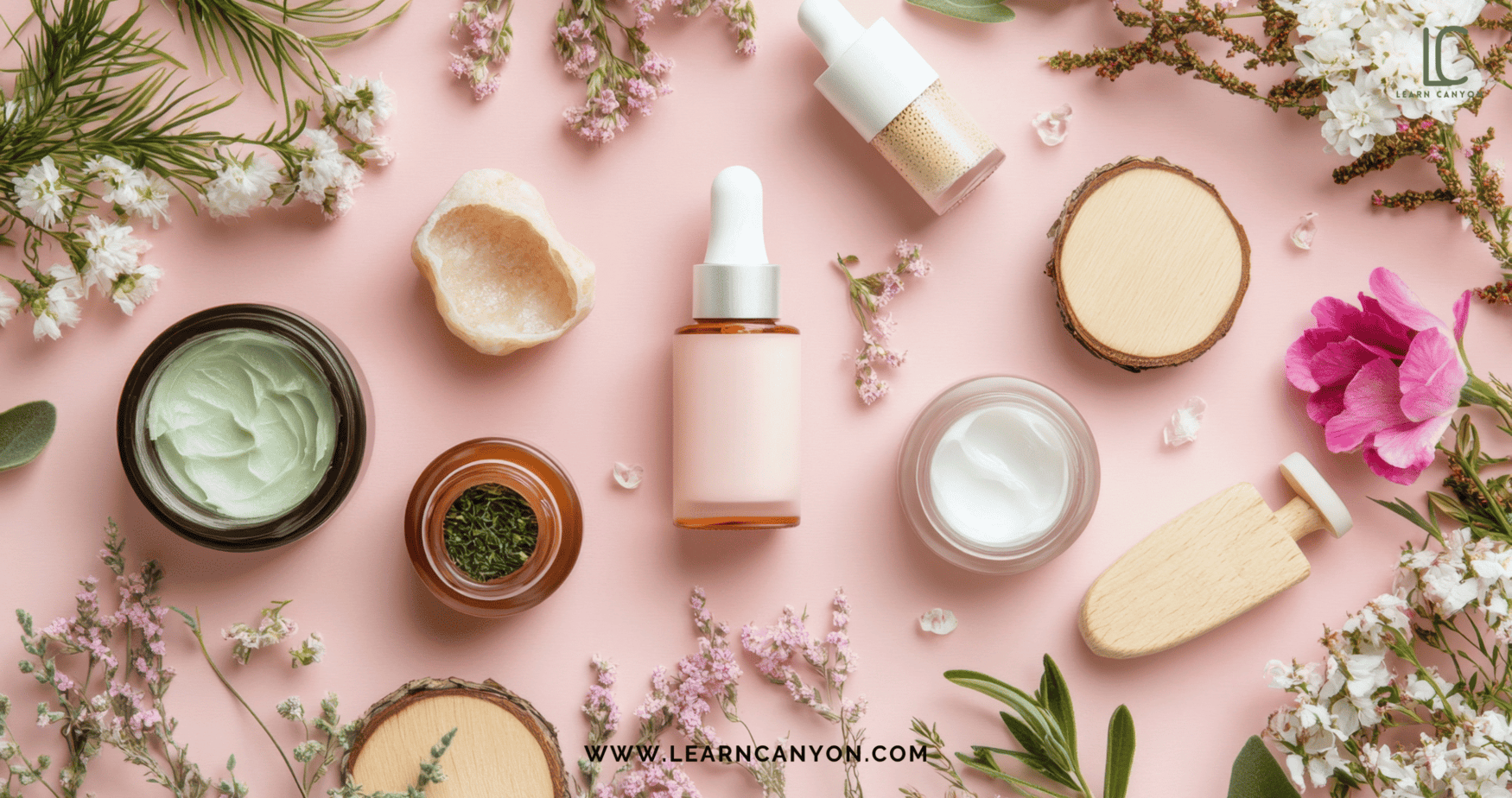
Priya’s Perspective: Can These Two Worlds Coexist?
Here’s my honest answer?
Absolutely, they not only can, they should.
When I first began formulating, I used to feel like I had to choose: either follow the ancient Ayurvedic path, full of ritual, intuition, and timeless herbs… or dive deep into the lab, where actives, pH meters, and spreadsheets ruled. But the more I explored both, the more I realized, this is not an either-or conversation.
Ayurveda gives us soul, modern skincare gives us structure. Ayurveda invites us to connect, modern skincare empowers us to correct. And when you blend the two? You get formulas that are not only effective but deeply meaningful.
I’ve worked on creams where Brahmi meets niacinamide. I’ve infused manjistha into serums with hyaluronic acid. I’ve created scalp oils with amla that also contain peptides, and guess what? The synergy is magical. The ancient plants still whisper their wisdom, and the science helps them reach the skin in ways our ancestors never imagined.
This is what I call conscious formulation, where we use Ayurvedic principles as our compass, and modern innovation as our map. We don’t dilute the essence of Ayurveda. We elevate it with clarity, safety, and efficacy.
And the best part? Consumers feel it. They may not always understand the chemistry, but they feel the intention. They feel the care. They feel the ritual and the result.
So yes, these worlds can coexist. And in today’s beauty landscape? The brands that blend them mindfully are the ones truly leading the way.
Conclusion
Skincare, at its core, is never just about the surface. It’s about how we show up for ourselves. It’s about what we believe in, what we trust, and what we’re willing to align with, not just for beauty, but for balance.
Ayurvedic and modern skincare aren’t opposing forces. They’re different philosophies, different love languages of skin. One speaks in centuries-old verses of herbs and doshas. The other uses the voice of data, molecules, and lab tests. And the truth is, you don’t have to pick a side. You can choose to create, or use, formulations that honor both.
You can hold space for tradition and innovation in the same bottle. You can bring together the energy of tulsi and the precision of peptides. Because what matters most is intention. Formulating with respect. Choosing with awareness. And allowing your skincare to be a mirror, not just for how your skin looks, but how you want to feel.
So whether you find yourself drawn to Ayurvedic rituals, modern minimalism, or something beautifully in-between, know that you’re not just choosing a routine. You’re choosing a philosophy.
And as a formulator?
That’s the kind of choice I’ll always stand behind.


